Trade policy uncertainties and domestic pricing pressures have increased Canadian interest in U.S. automotive markets. Cross-border vehicle acquisition involves specific regulatory requirements, financial considerations, and logistical procedures that require careful planning. You’ll want to know the ins, outs, and occasional potholes of cross-border car shopping. Here are 20 tips to keep your wheels—and wallet—rolling smoothly.
Know Your Tariffs
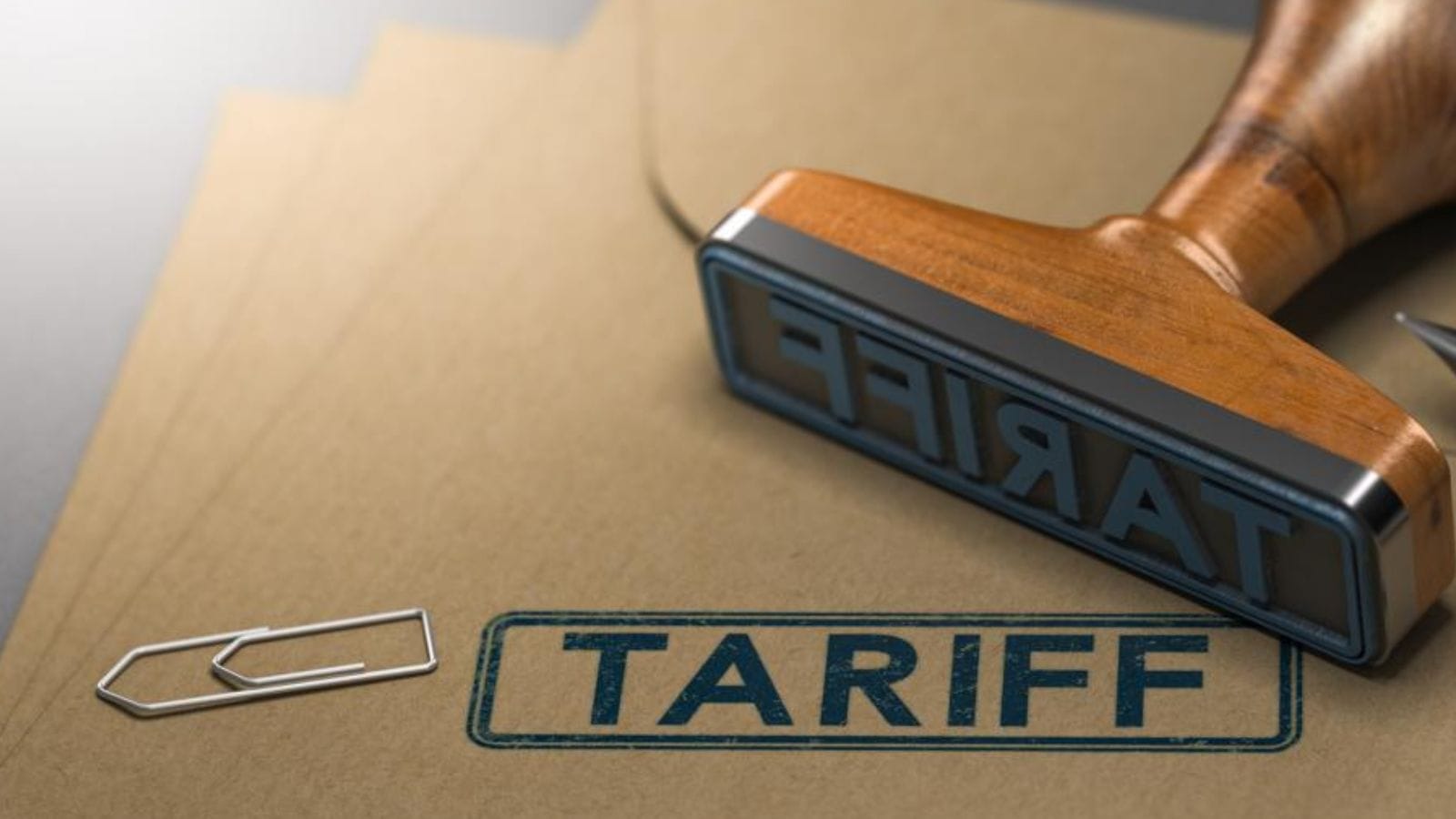
Canada may slap tariffs on certain vehicles if trade talks get frosty. Currently, most personal-use vehicles from the U.S. can be imported tariff-free under the USMCA (formerly NAFTA), but that could change. Before buying, verify the Vehicle Identification Number (VIN): Numbers starting with 1, 2, 3, 4, or 5 usually indicate North American assembly. Check the Transport Canada admissibility list and factor in federal inspections, RIV fees (about $325), and possible modifications. And, when in doubt, call before you haul.
Understand the Exchange Rate Game

Today’s great deal in Buffalo can become tomorrow’s financial facepalm if the loonie takes a nap. Given tariff threats that could raise prices on imported vehicles by thousands (as warned by Global News), watching the exchange rate is a smart move. Check daily rates using the Bank of Canada and set alerts. Even a few cents’ shift can make or break a deal. Combine this with tax rebates and duty exemptions under the personal exemption limit, and you could score serious savings.
Do the VIN Check
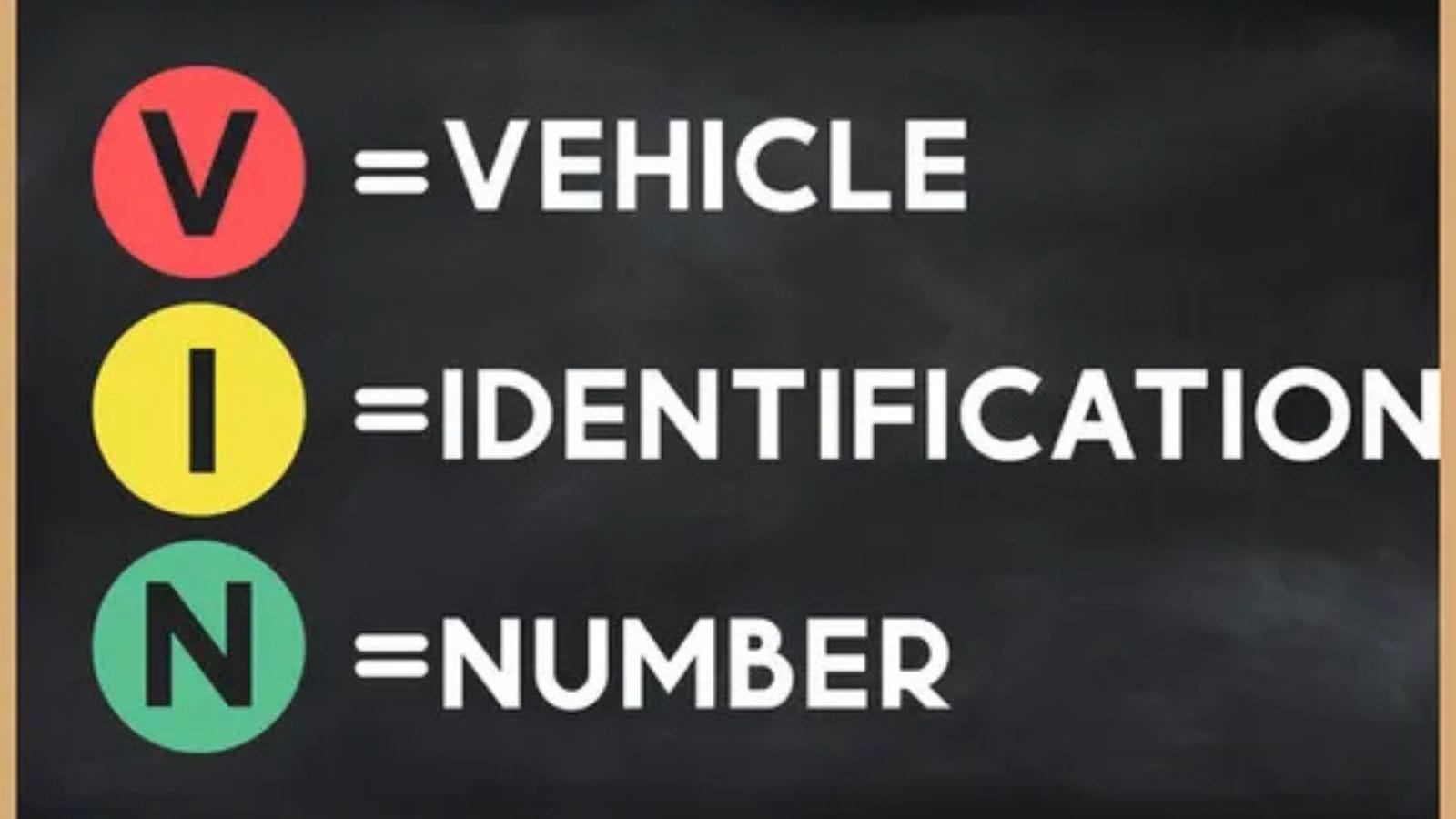
Before you fall in love with that cherry-red Mustang in Michigan, run the VIN (Vehicle Identification Number) through CARFAX Canada and the U.S. National Insurance Crime Bureau. Some cars have more skeletons in their garages than a Scooby-Doo villain. To ensure a smooth importation process, verify the vehicle’s admissibility through the Registrar of Imported Vehicles (RIV) and consult Transport Canada’s compatibility list. This due diligence helps avoid unexpected expenses and ensures compliance with Canadian standards.
Ensure It’s Import-Eligible
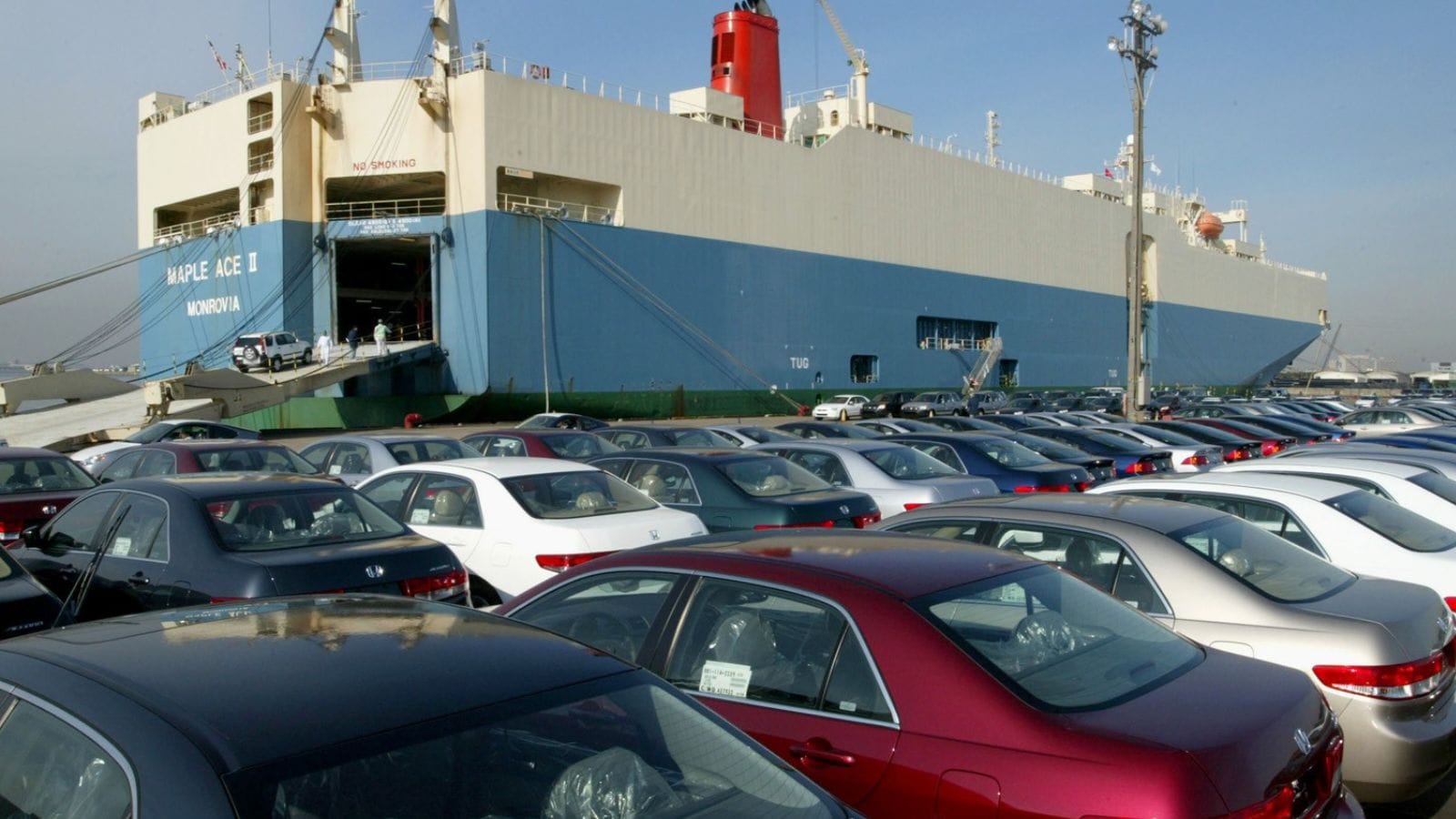
Transport Canada maintains a list of admissible vehicles from the U.S. Check it before signing anything. Amid recent tariff changes, Canada has imposed a 25% duty on non-CUSMA-compliant vehicles imported from the U.S. To avoid these tariffs, ensure the vehicle meets CUSMA requirements, which include specific rules of origin and certification standards. Failing to confirm a vehicle’s eligibility can lead to significant financial penalties and the possibility of being denied entry into Canada.
Budget for Modifications

Importing a vehicle may necessitate modifications to meet Canadian standards, such as installing daytime running lights, child seat tether anchors, and bilingual safety labels. Additionally, vehicles manufactured after September 1, 2007, must have an immobilization system compliant with CMVSS 114. These modifications and inspection fees can add several thousand dollars to the vehicle’s cost. Furthermore, the 25% tariff applies to the vehicle’s value before taxes, increasing the overall expense. Canada Border Services Agency expects to spend $500–$2,000, depending on the vehicle’s stubbornness.
Don’t Forget the RIV Program
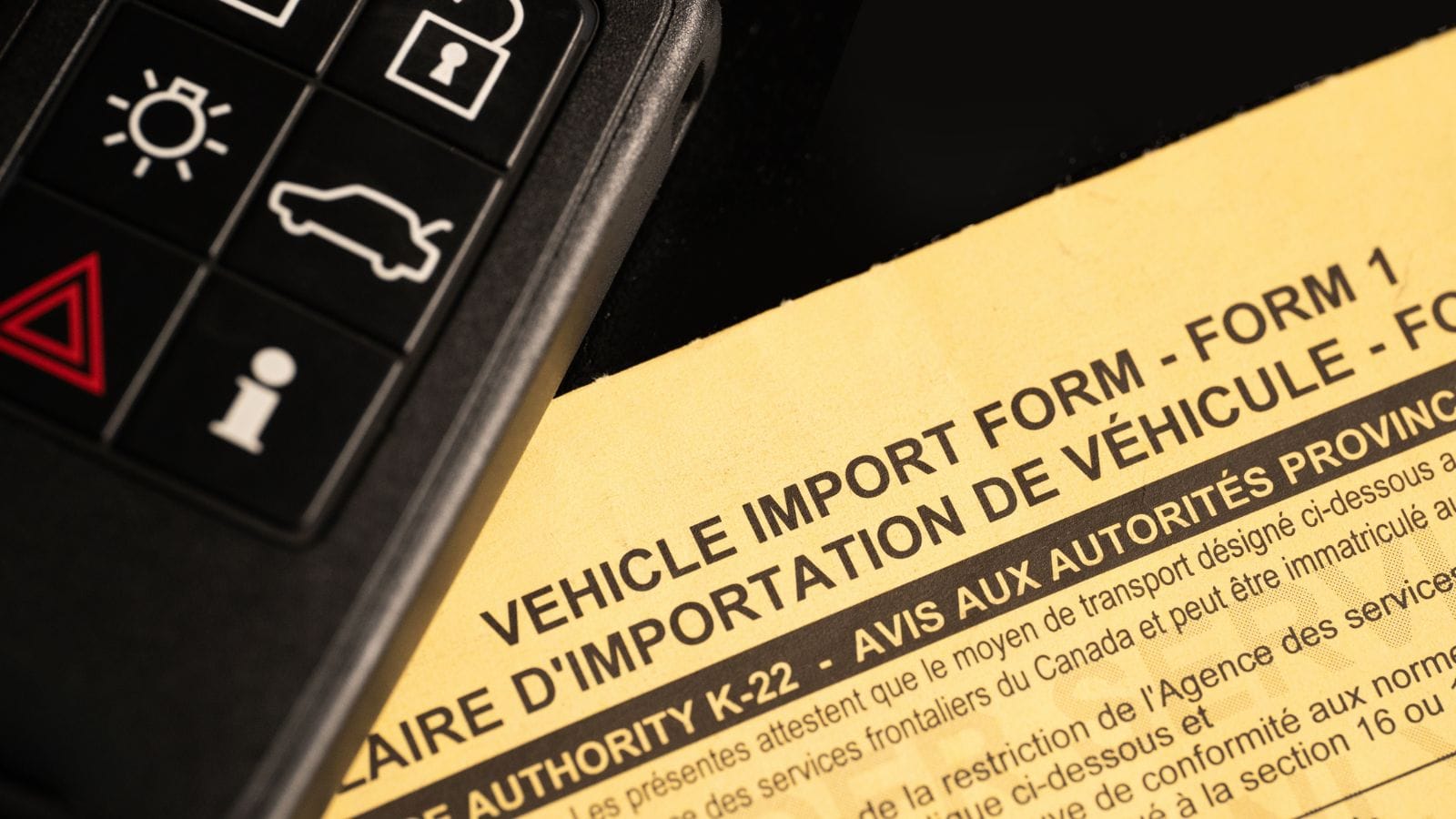
Canada’s red tape expressway is the Registrar of Imported Vehicles (RIV). Once you buy your vehicle stateside, you must submit vehicle information to the RIV, pay a fee (currently $325 + tax), and inspect the car at an authorized center. Not all vehicles are eligible—so check Transport Canada’s list before signing anything. You’ll also need to clear customs and pay GST, possibly provincial sales tax, air conditioning excise tax, and a green levy if applicable. Skipping these steps? You could face hefty fines or be denied registration. Tariffs or not, the RIV process is your border-crossing reality check.
Clear U.S. Customs Properly
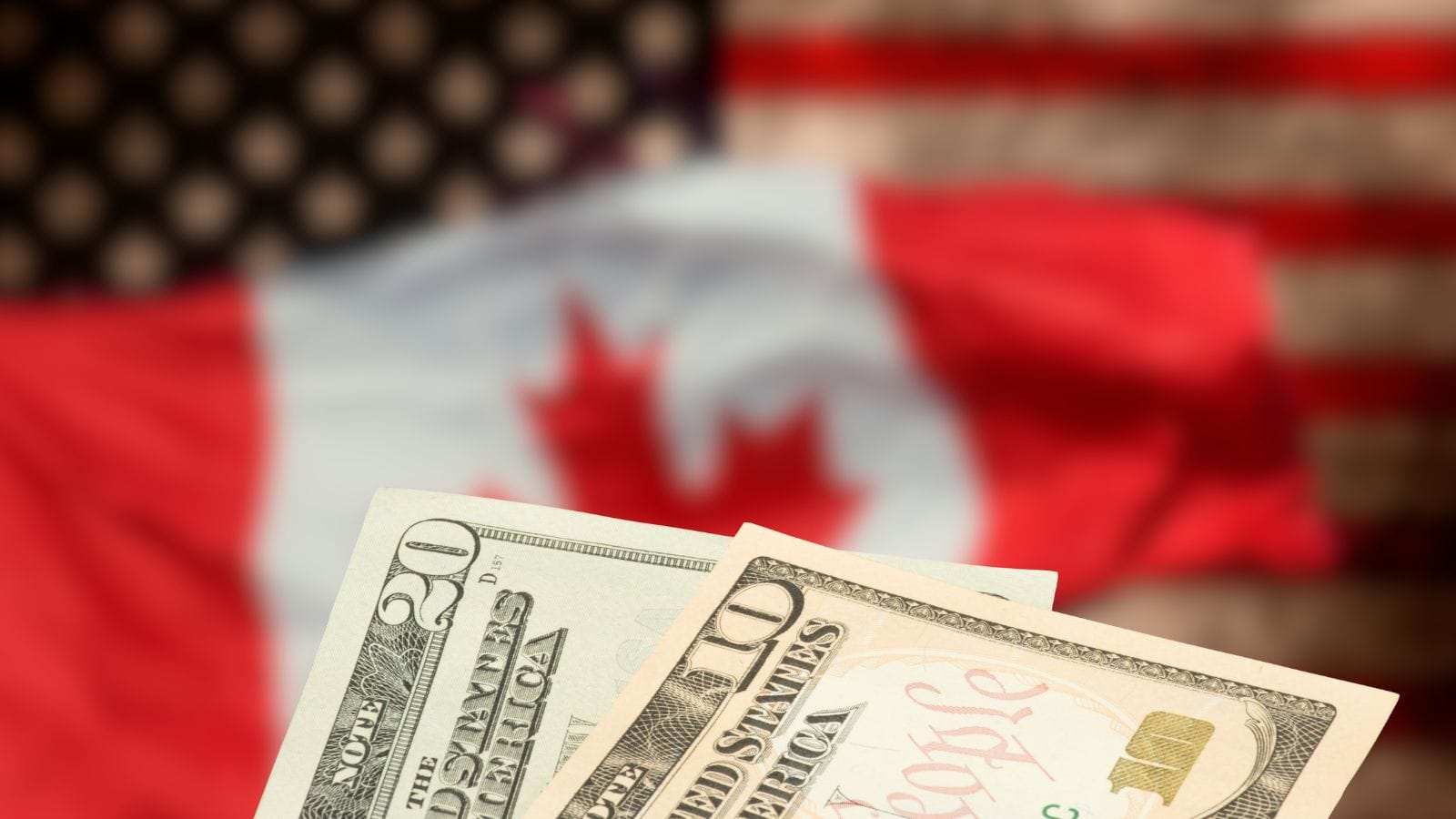
Give U.S. Customs at least 72 hours’ notice with your vehicle’s title and bill of sale before exporting. The exact process and contact info are on the CBP website. Also, ensure your vehicle meets Transport Canada’s import requirements or risk costly modifications. With tariffs looming, cross-border shopping is a gamble—don’t make it worse by bungling the paperwork. Plan, double-check requirements, and coordinate with U.S. and Canadian authorities to make your car-buying adventure tariff-smart and trouble-free.
Declare Honestly at the Canadian Border

Tell CBSA everything: what you paid, what you’re importing, and how much chocolate you smuggled in. When importing a vehicle into Canada, it’s crucial to declare it honestly at the border to ensure compliance with federal regulations and avoid penalties. The Canada Border Services Agency (CBSA) mandates that all vehicles be declared upon entry, accompanied by necessary documents such as the bill of sale, title, and a completed Vehicle Import Form (Form 1). Failure to declare or provide false information can lead to the seizure of the vehicle and substantial fines, ranging from 25% to 70% of the vehicle’s value.
Don’t Forget GST/HST

You’ll pay federal GST (or HST, depending on your province) on the purchase price, even if you already paid sales tax in the U.S. There’s no escaping this one. For example, Ontario charges 13% HST, while Alberta only charges 5% GST. This is calculated on the vehicle’s full value, including exchange rates and any duty or tariff applied. Forgetting this can turn a “deal” into a debt trap. Also, if the car is newer than 15 years old, you’ll need to comply with Transport Canada and RIV (Registrar of Imported Vehicles) regulations, adding more fees and red tape. So, while that Jeep might look $5,000 cheaper in Buffalo, Canada Customs ensures it’ll still cost you Canadian-style.
Factor in Provincial Inspections

Each province has its inspection requirements before you can register the vehicle. In Ontario, the Drive Clean program, active until 2019, required emissions testing for vehicles over seven years old. While the program has been discontinued, verifying the current status and any residual requirements is essential. Before purchasing, consult your province’s transportation authority to understand specific inspection and registration procedures. This proactive approach ensures a smooth transition and helps avoid unforeseen costs or delays.
Insurance is a Must
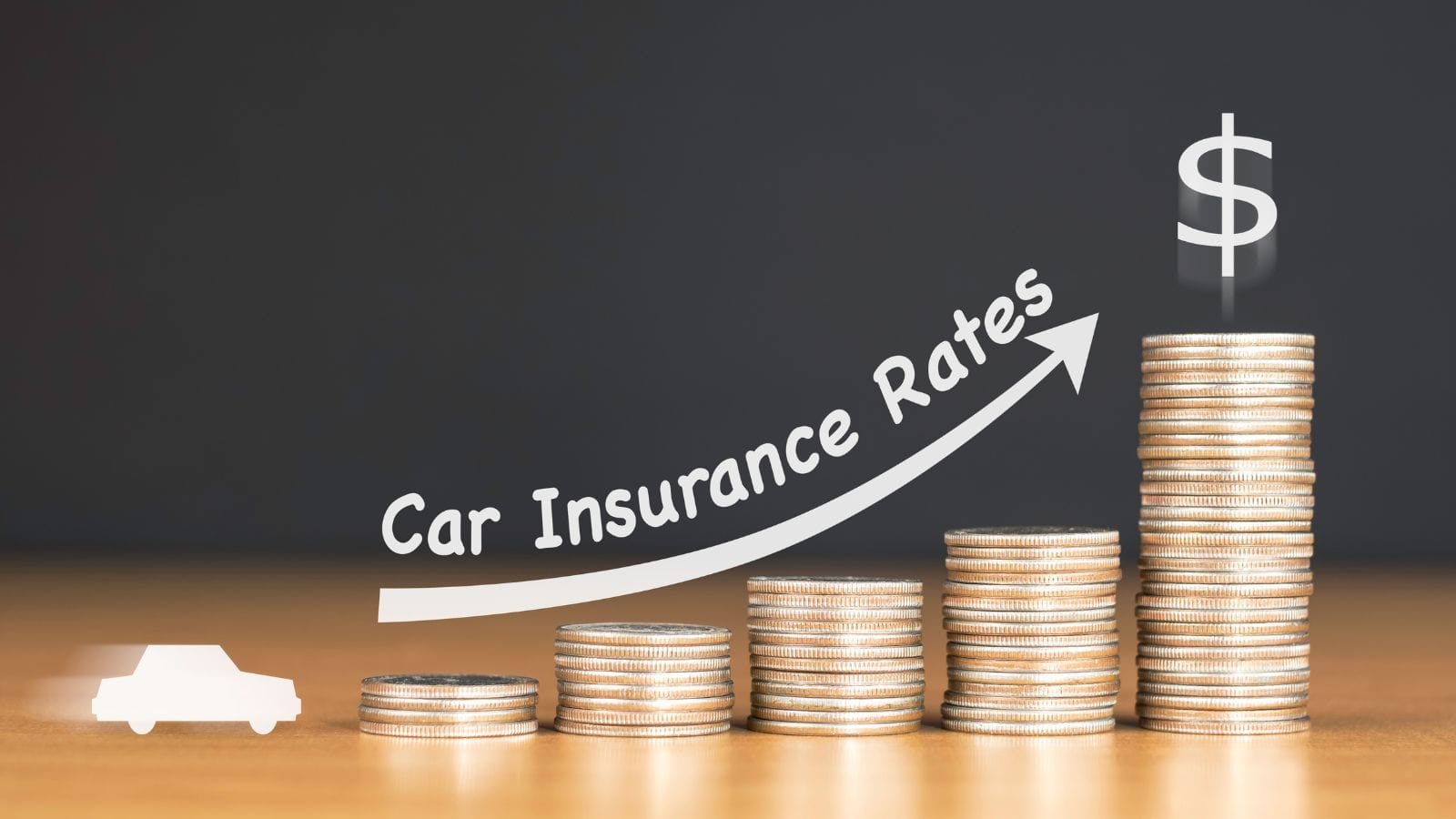
So, you’re headed south of the border for that sweet deal on four wheels? Great! But before you fall in love with a shiny Mustang or a rugged pickup, here’s a hot tip: don’t forget insurance. Canadian auto insurance doesn’t magically extend across the border like maple syrup on pancakes. You’ll need proper coverage for both test drives and the journey home. Without it, one fender bender and you could owe more than the car is worth.
Fly Down, Drive Back
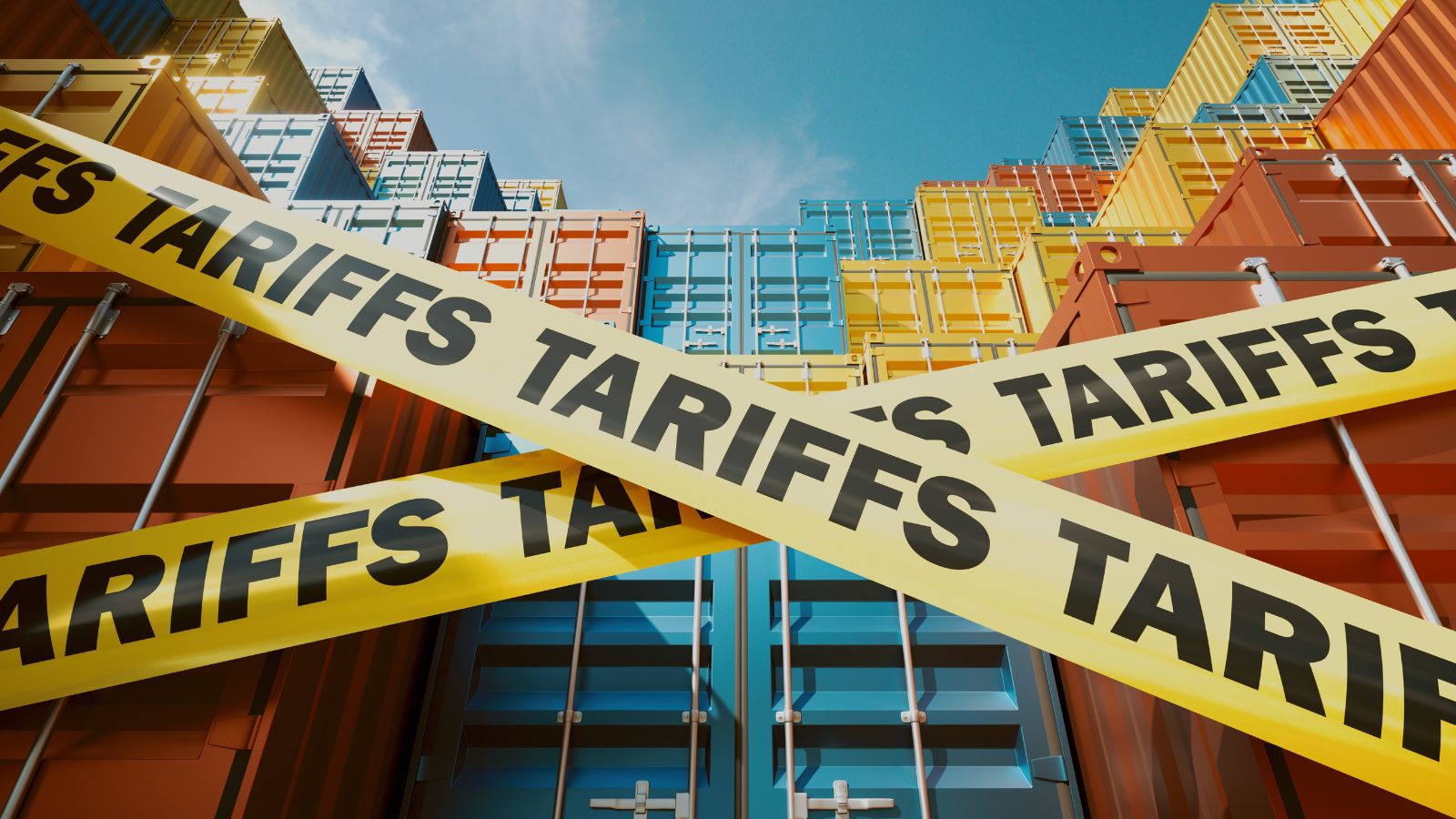
With tariffs playing peekaboo and car prices doing yoga (upward dog mostly), savvy Canadians are turning to a cheeky trick: Fly Down, Drive Back. Here’s the gist: Book a cheap flight to a U.S. city where your dream wheels live, buy the car there (often 10–30% cheaper), then drive it home, smug and triumphant. Thanks to a strong(ish) loonie and a glut of inventory in places like Michigan or Florida, the deals can be juicier than a Tim Hortons donut. Just don’t forget the paperwork: recall clearance, export/import docs, and RIV fees (around $300).
Compare Apples to Maples
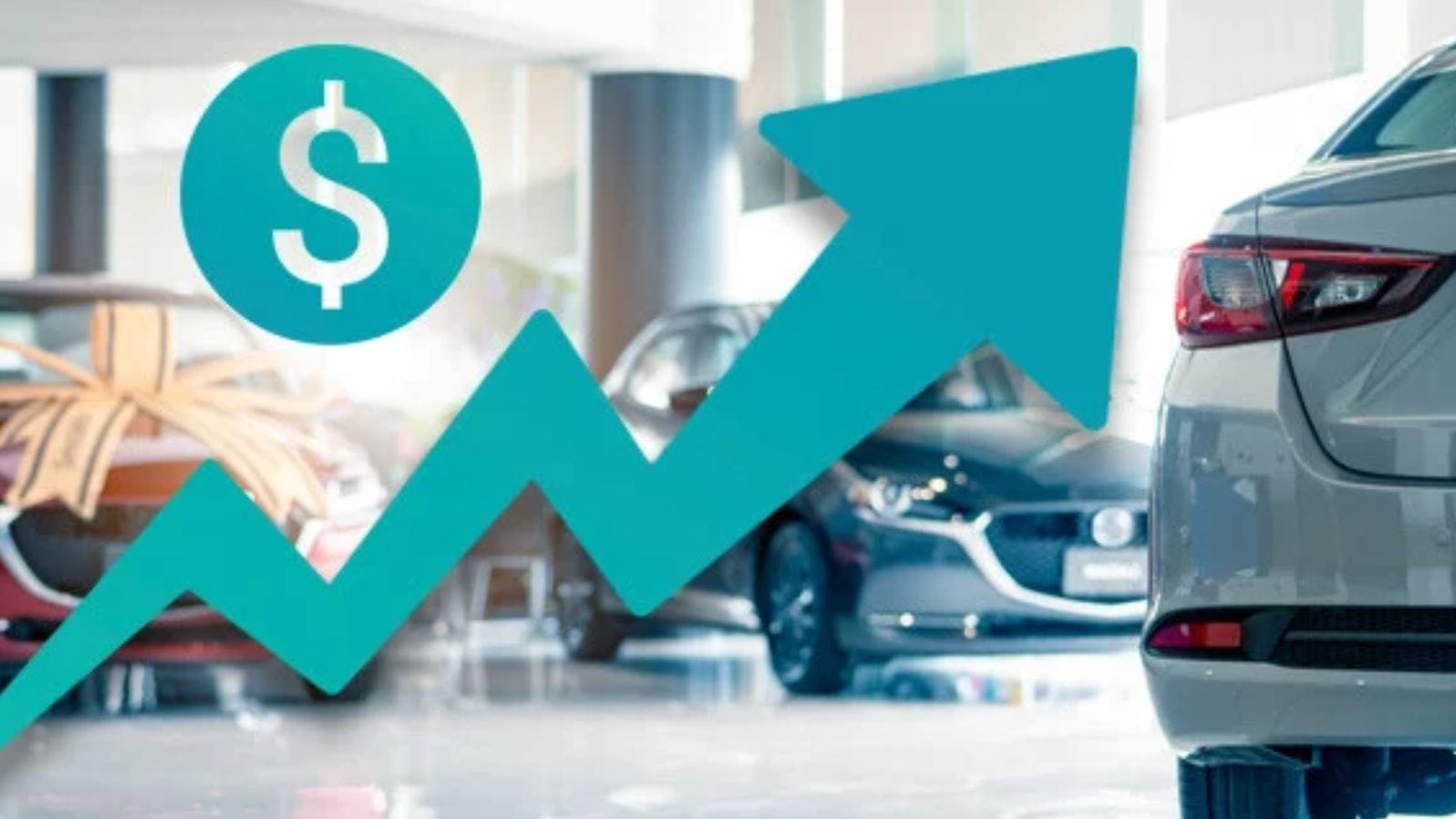
When comparing prices, don’t just look at MSRP. Consider taxes, import duties, the RIV (Registrar of Imported Vehicles) fee, and possible modifications (like daytime running lights) can nibble at those savings. Tariff uncertainty under CUSMA? It’s real, but most personal-use vehicles dodge the duty bullet so far unless trade tensions flare. Pro tip: Check Transport Canada’s List of Admissible Vehicles and factor in exchange rates, warranty voids, and recall clearance letters. Oh, and don’t forget the gas station selfie in North Dakota. Every maple deserves a road trip.
Watch Out for Salvage Titles
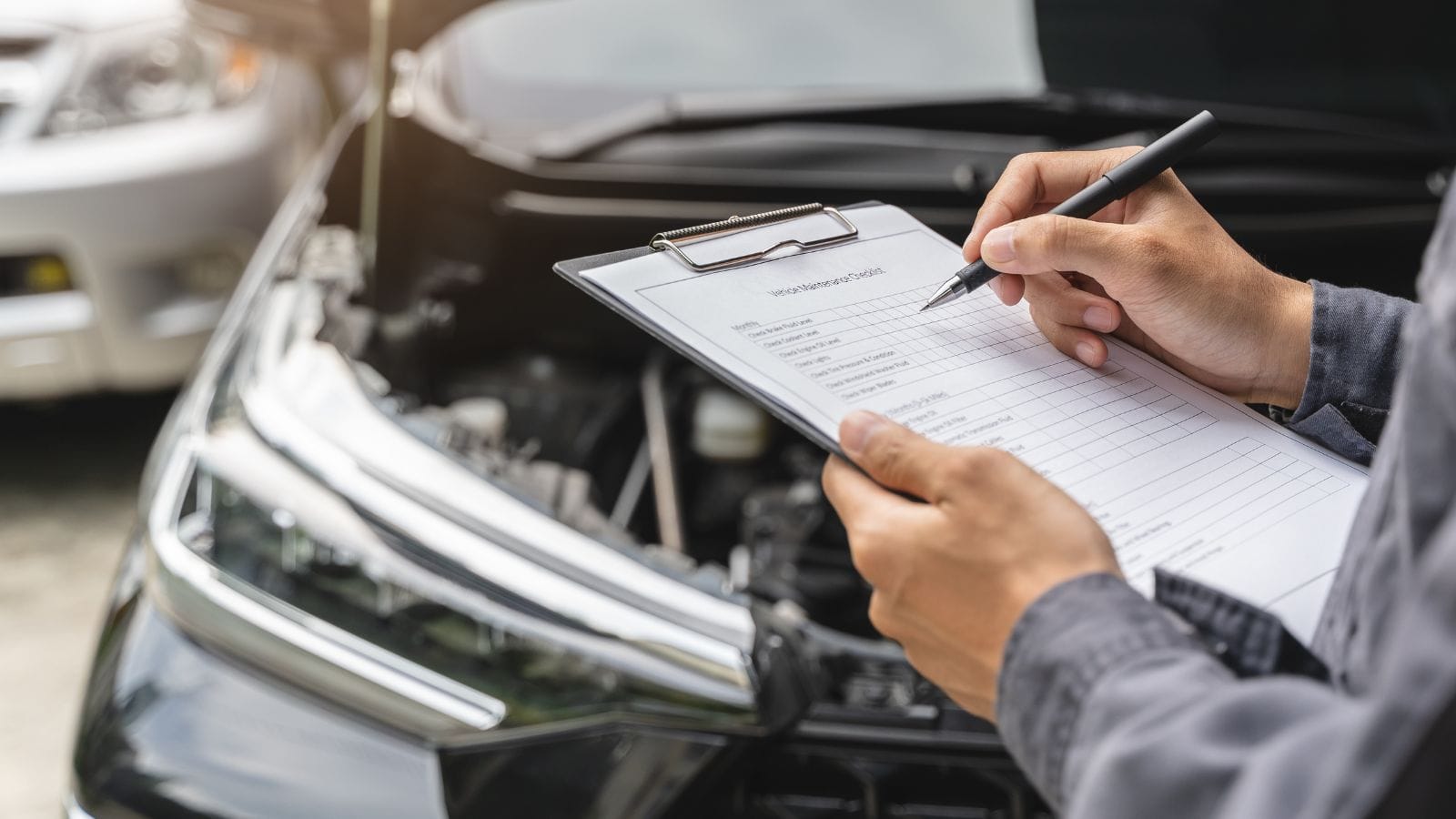
U.S. salvage or rebuilt titles often mean the car has a past worthy of a true-crime podcast. Transport Canada says vehicles with U.S. salvage titles can be tricky (and sometimes impossible) to register here. Worse, importers might “wash” titles across state lines, making a write-off look road-ready. And, with auto tariffs in limbo (thanks to global trade drama), Canadians eyeing U.S. rides should double-check VINs on sites like Carfax or NMVTIS. Bottom line: that bargain Beemer might be more trouble than it’s worth.
Deal with Reputable Sellers Only

When hunting for that sweet ride south of the border, remember: if the seller’s address is “a parking lot behind a Taco Bell,” maybe don’t. Tariff uncertainty means one bad deal could turn into a financial fender bender. Stick to established dealerships or sellers with glowing reviews and proper paperwork. U.S. Customs and Border Protection (CBP) requires proof of ownership and a 72-hour export notice.
Shipping is an Option (But Pricey)
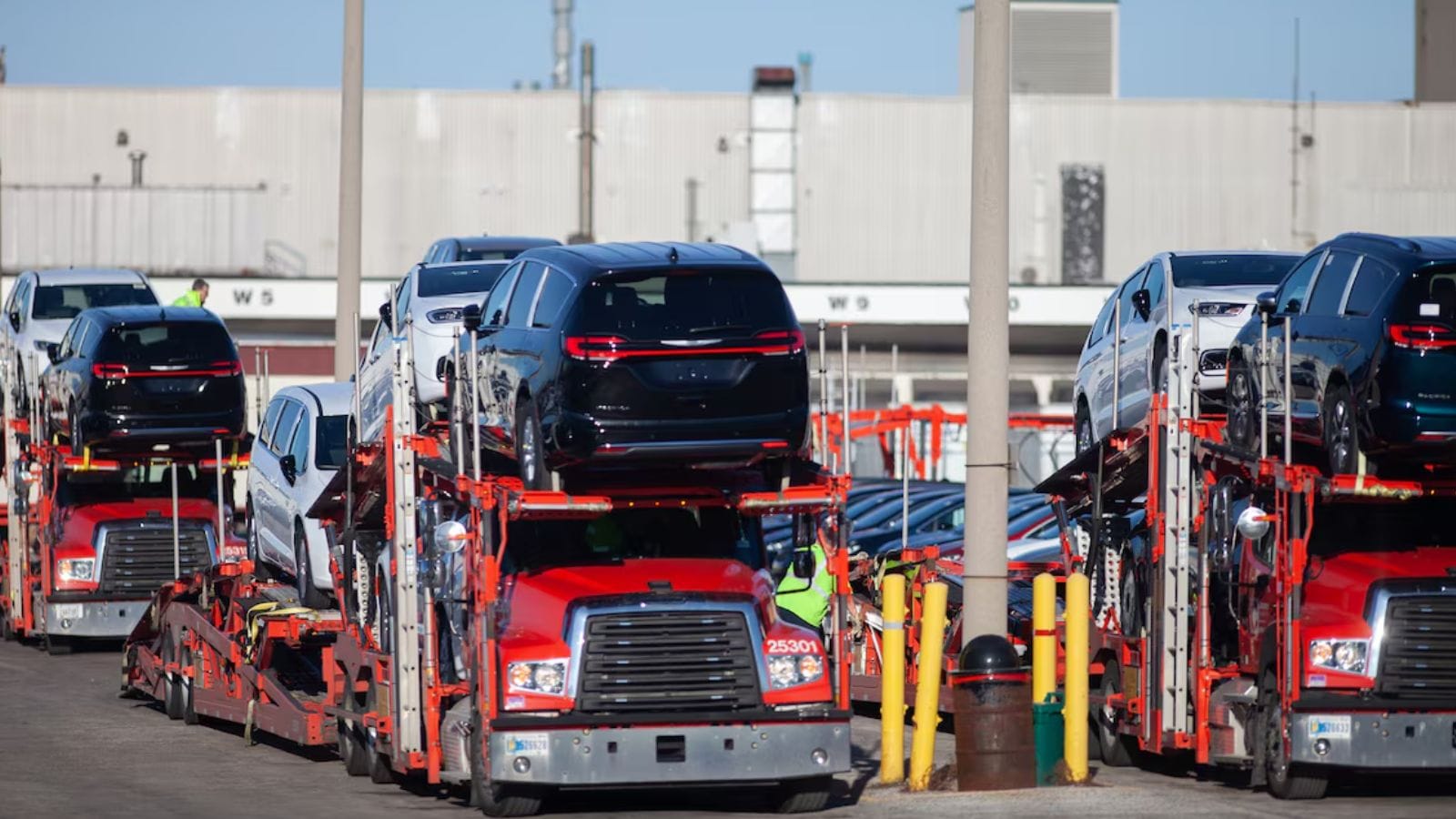
Thinking of buying a car from the U.S.? Shipping it might sound like the royal treatment, but your wallet may feel like it’s paying in gold doubloons. Expect to fork out anywhere from $1,000 to $2,500 for transport, depending on distance, vehicle size, and whether it’s a pampered ride in an enclosed trailer or just hanging out on an open carrier with the riff-raff. Don’t forget duty (6.1%) if your car wasn’t made in North America. Thanks, global trade drama. Oh, and tack on the GST/HST, air conditioning tax, import fees, and RIV inspection ($325).
Consider Warranty Void
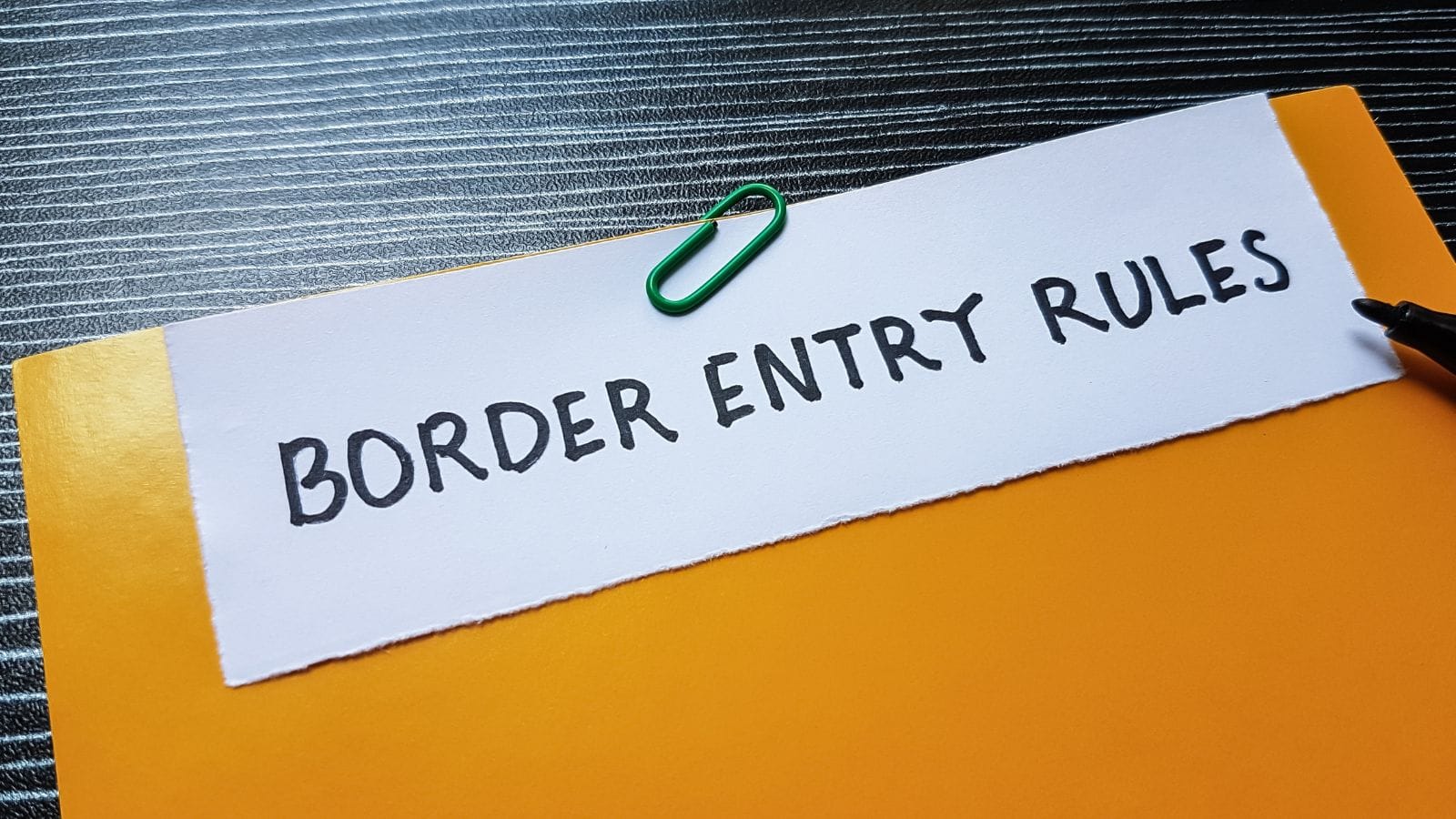
Some automakers don’t honor warranties across the border. Others might limit coverage to the powertrain or exclude specific components. Transport Canada, however, insists on mods (think DRLs and metric speedos), which can void parts of your coverage if not done by authorized folks. And don’t count on dealer sympathy: Some will shrug and hand you the repair bill. TL; DR: That cheap import might come with “some assembly required” on the warranty front. So, unless you’re cool with playing mechanic or lawyer, ask twice, sign once, and read the fine print like it’s your grandma’s will.
Lease Returns Make Great Buys
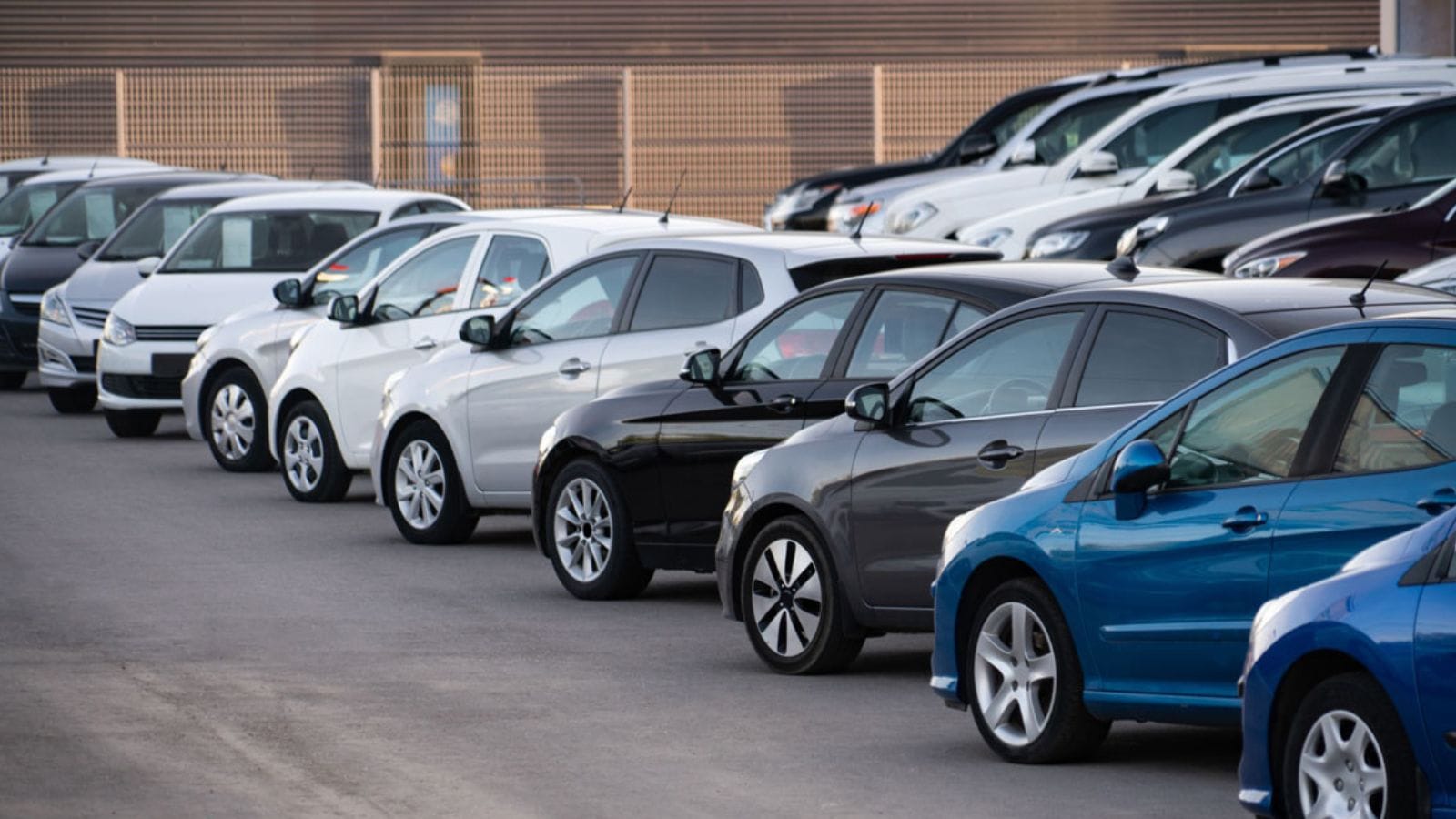
Canadians eyeing U.S. car deals like kids at a candy store should give lease returns a serious look: They’re the automotive sweet spot! Thanks to American leasing culture (over 30% of U.S. vehicles are leased), thousands of 2- to 3-year-old, gently-used cars flood dealer lots yearly. These rides are often pampered: Low mileage, dealer-serviced, and returned before their “mid-life tire crisis.” Why’s this a big win now? Well, tariffs on imported vehicles or parts can shift cross-border prices fast. Plus, U.S. depreciation hits harder than Canadian winters — many lease returns sell for 20–30% below the original MSRP.
Don’t Skip the Pre-Purchase Inspection

Cross-border car shopping can feel like scoring a Black Friday deal until you discover your “bargain” has more issues than a daytime soap. A Pre-Purchase Inspection (PPI) is your best defense. It’s like a background check for cars that can save you thousands. According to CAA and Transport Canada, hidden mechanical or safety issues are common in used vehicles, especially when buying sight unseen. Tariff changes and import regulations can complicate returns or repairs, making the PPI even more critical. Hire a licensed mechanic in the seller’s area. Get the PPI. Sleep better. Drive safer. Laugh last.
Stay Informed and Flexible
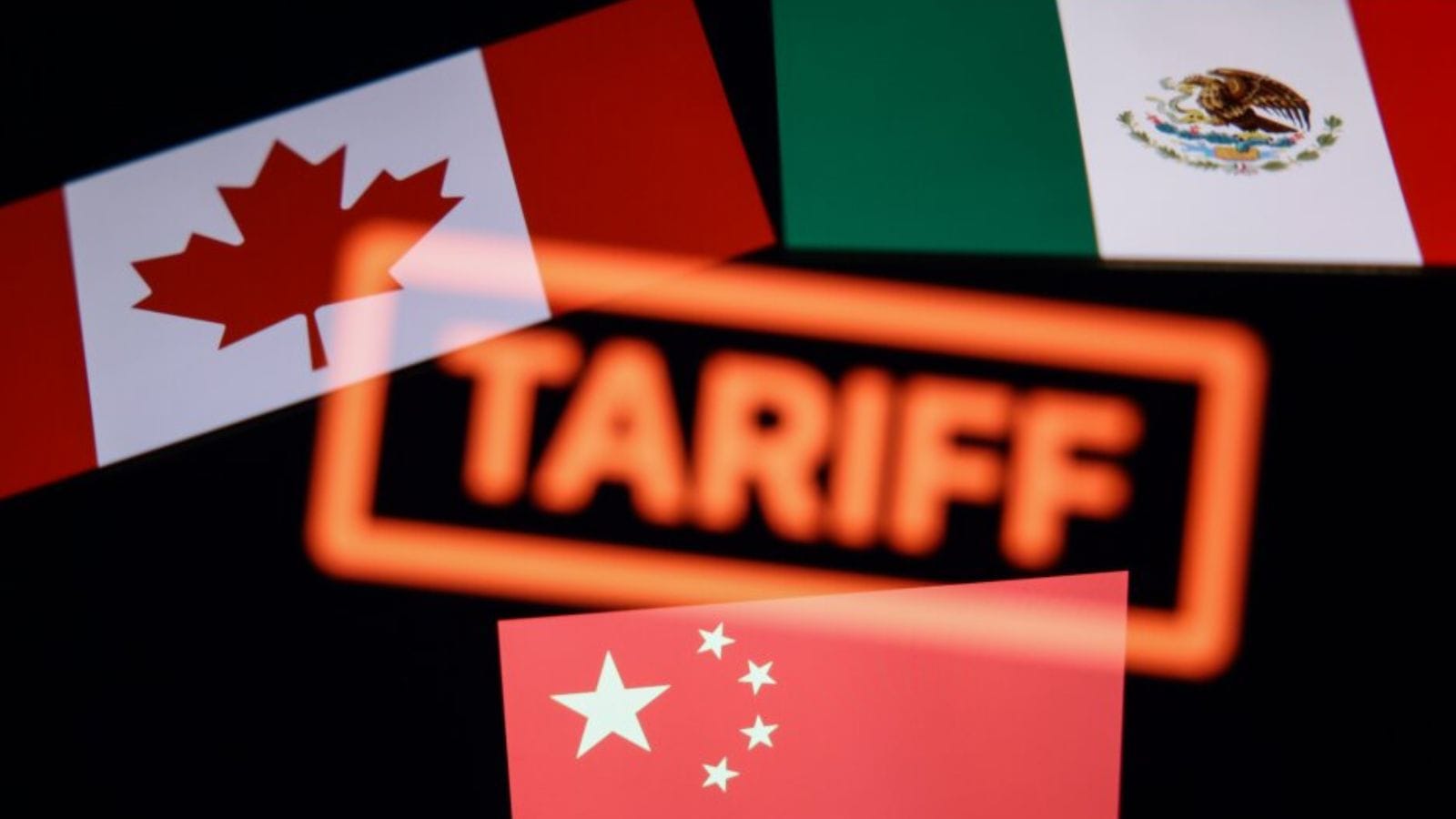
Tariff tango got you dizzy? You’re not alone. With Canada–U.S. auto tariffs shifting like Ontario weather, staying on top of trade news is your new superpower. Before buying that shiny Ford in Buffalo, check Transport Canada’s import rules and the Canada Border Services Agency (CBSA) site, as if it’s your horoscope daily. Flexibility is key. If tariffs spike overnight, your “deal of the century” could become the “bill of a lifetime.” Some U.S. models also don’t meet Canadian safety or emissions standards. Not fun. And always have a Plan B. Maybe even a Plan C, just in case.
22 Times Canadian Ingenuity Left the U.S. in the Dust

When people think of innovation, they often picture Silicon Valley. However, Canada has a history of innovation, too. Whether it’s redefining sports, revolutionizing medicine, or just showing America up at its own game, Canadian inventors, thinkers, and dreamers have had their fair share of mic-drop moments. Here are 22 times Canadian ingenuity left the U.S. in the dust.
22 Times Canadian Ingenuity Left the U.S. in the Dust
